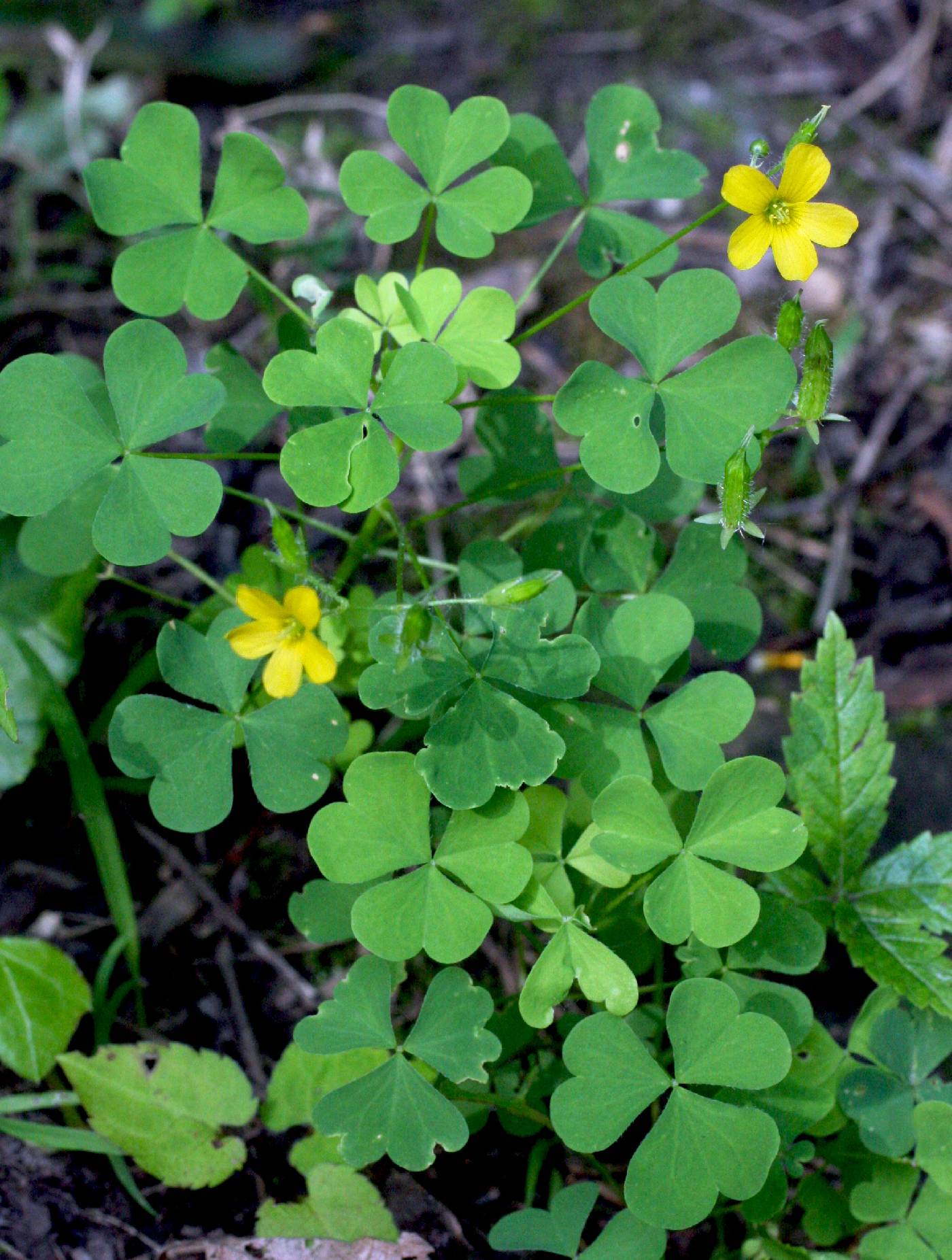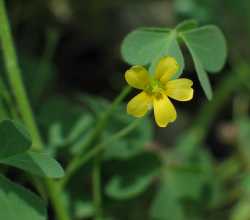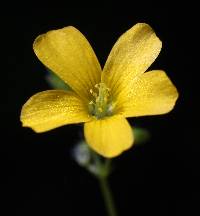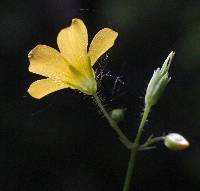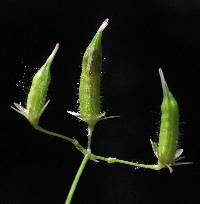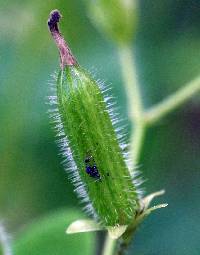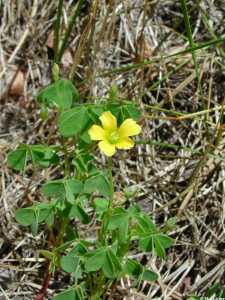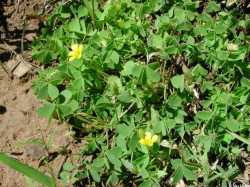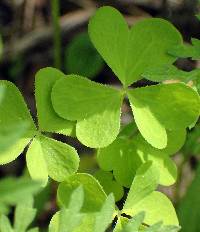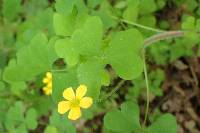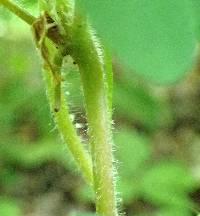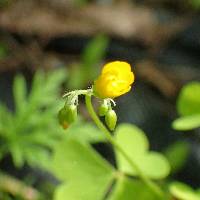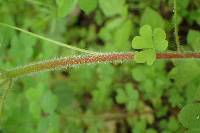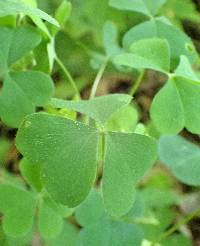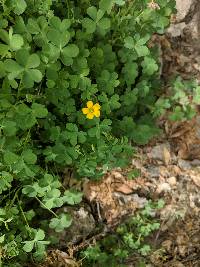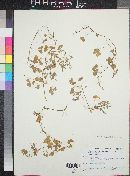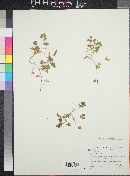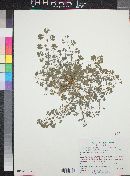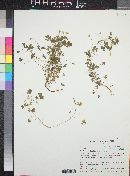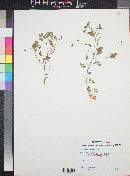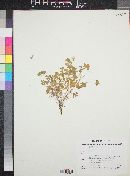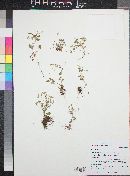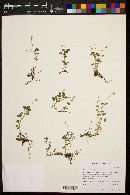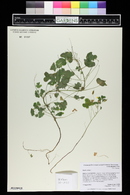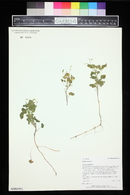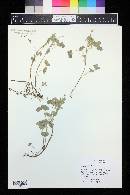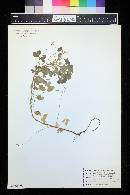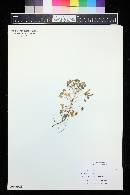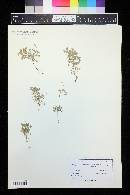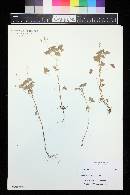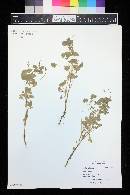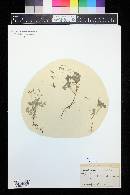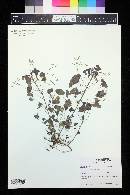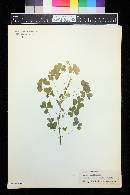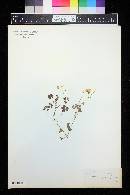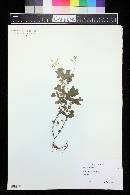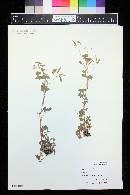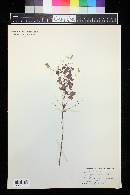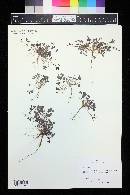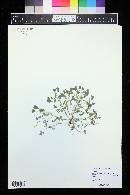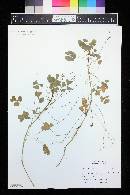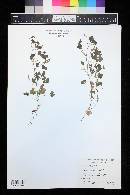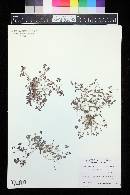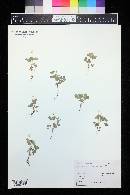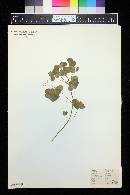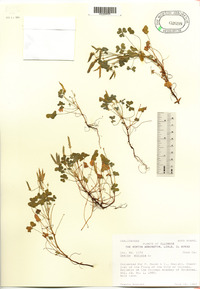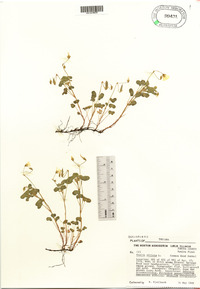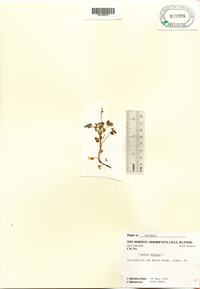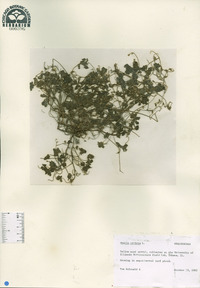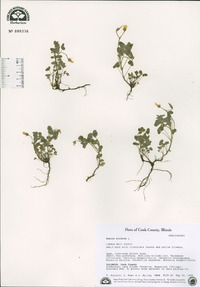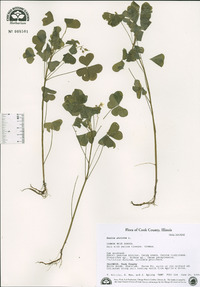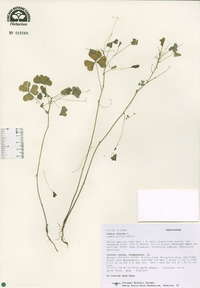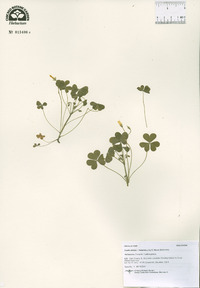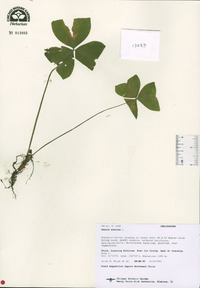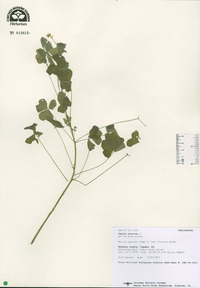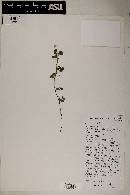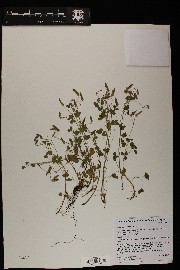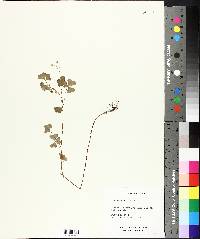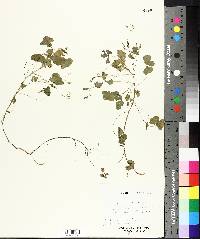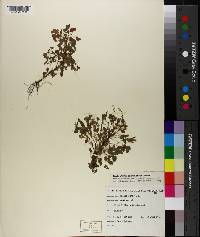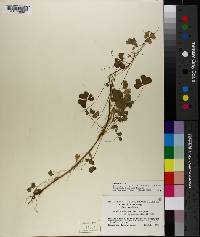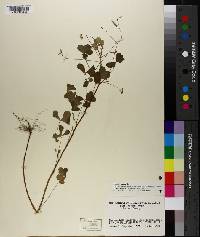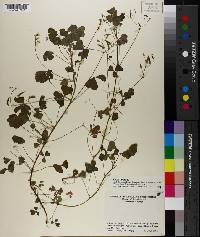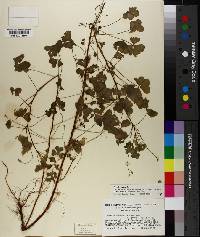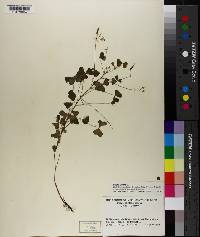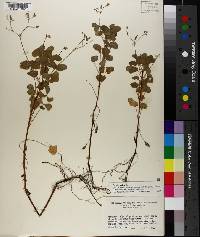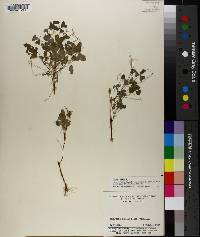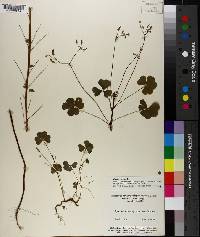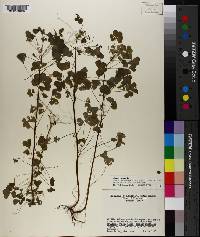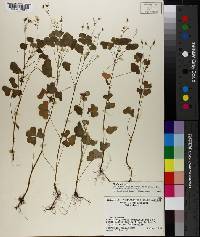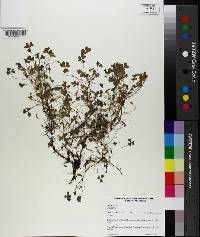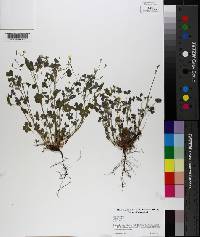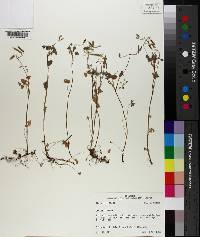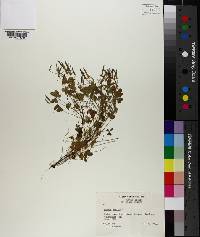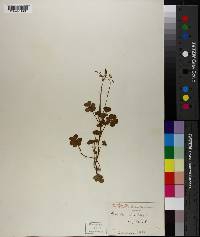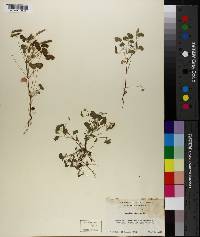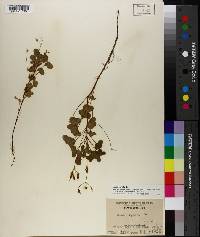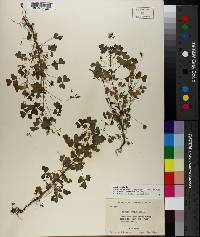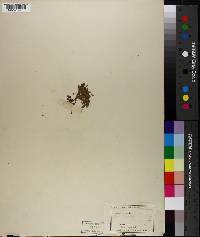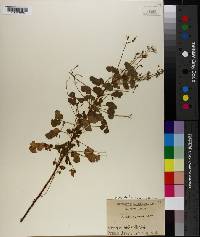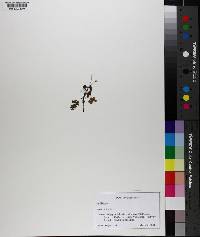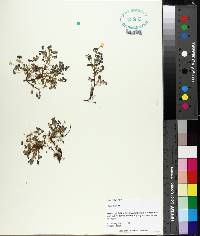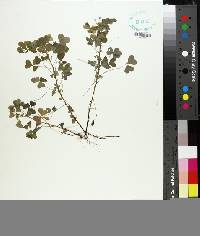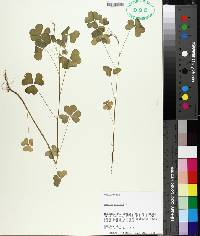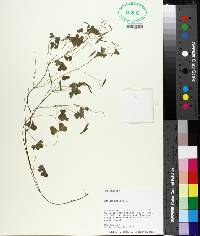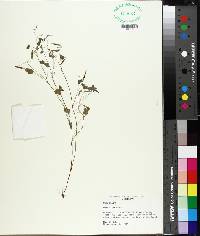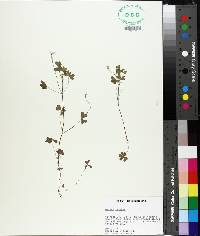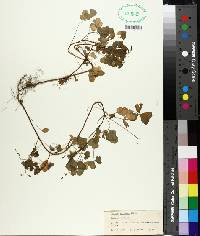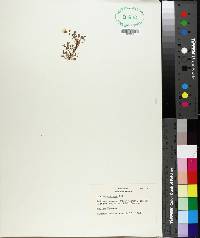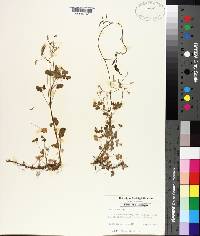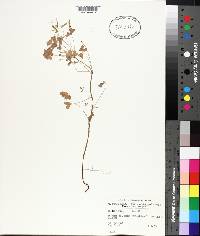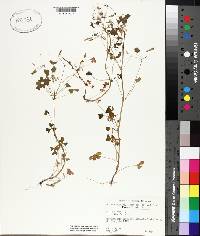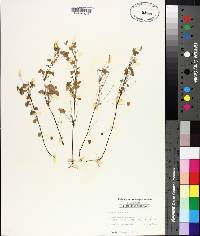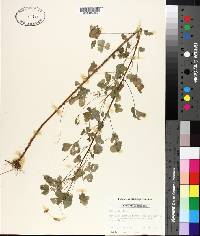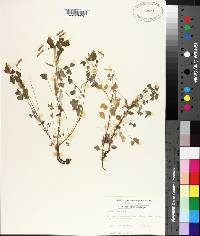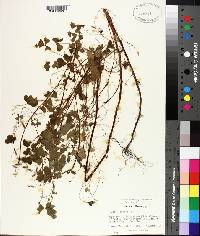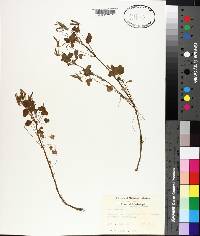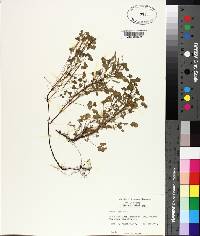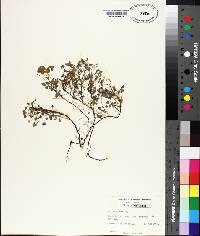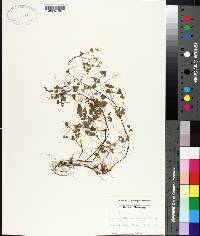
|
|
|
|
Family: Oxalidaceae
Upright Yellow Wood-Sorrel
[Ceratoxalis coloradensis (Rydb.) Lunell, moreCeratoxalis cymosa (Small) Lunell, Oxalis bushii (Small) Small, Oxalis coloradensis Rydb., Oxalis cymosa Small, Oxalis europaea Jord., Oxalis europaea europaea , Oxalis europaea f. cymosa (Small) Wiegand, Oxalis europaea f. pilosella Wiegand, Oxalis europaea f. villicaulis Wiegand, Oxalis europaea var. bushii (Small) Wieg., Oxalis europaea var. europaea , Oxalis europaea var. lanulosa Benke, Oxalis europaea var. rufa (Small) Young, Oxalis fontana Bunge, Oxalis fontana var. bushii (Small) Hara, Oxalis interior (Small) Fedde, Oxalis rufa Small, Oxalis stricta f. villicaulis (Wiegand) C. F. Reed, Oxalis stricta var. decumbens Bitter, Oxalis stricta var. piletocarpa Wieg., Oxalis stricta var. rufa (Small) Farw., Oxalis stricta var. villicaulis (Wieg.) Farw., Oxalis stricta var. viridiflora Hus, Xanthoxalis bushii Small, Xanthoxalis coloradensis (Rydb.) Rydb., Xanthoxalis cymosa (Small) Small, Xanthoxalis dillenii var. piletocarpa (Wieg.) Holub, Xanthoxalis interior Small, Xanthoxalis rufa (Small) Small, Xanthoxalis stricta (L.) Small, Xanthoxalis stricta var. piletocarpa (Wieg.) Moldenke] |
Perennial from long slender rhizomes, prostrate to more often erect and to 5 dm; stems pubescent with spreading, blunt-tipped, septate hairs, sometimes also strigose, seldom glabrous; stipules none; lfls 1-2 cm wide, usually glabrous to merely ciliate; peduncles usually exceeding the fls, 2-7-fld; pet 4-9 mm, yellow; fr 8-15 mm, provided with spreading, flexuous, septate hairs; 2n=18-24. Nearly cosmopolitan weed, often in natural habitats as well, probably originally native to N. Amer. Numerous infraspecific taxa are often defined on the distribution and orientation of the hairs. (O. europaea; O. corniculata, misapplied; Xanthoxalis stricta; X. bushii; X. cymosa; X. rufa) Gleason, Henry A. & Cronquist, Arthur J. 1991. Manual of vascular plants of northeastern United States and adjacent Canada. lxxv + 910 pp. ©The New York Botanical Garden. All rights reserved. Used by permission. Plant: Perennial herb; STEMS usually erect, unbranched, to 75 cm tall Leaves: cauline; leaflets 3, 5-20 mm long, pale green INFLORESCENCE: 1-9, rarely more, 2-5-flowered; pedicels 8-10 cm long Flowers: perfect, the petals clawed, connate at base; stamens 10; pistil 5-carpelled; styles 5, corollas yellow, or orange-yellow, 3.5-11 mm long Fruit: FRUITS fleshy explosive capsules, cylindrical, 8-13 mm long. SEEDS 0.8-1.3 mm long, arillate Misc: Woodlands; 2100-2200 m (6300-6700 ft); Apr-Jul REFERENCES: Denton, Melinda. 1998 Oxalidaceae. J. Ariz. - Nev. Acad. Sci. 30(2): 115. Duration: Perennial Nativity: Native Lifeform: Forb/Herb General: Perennial, 10-75 cm tall; stems erect to ascending; septate hairs present on stems, petioles, or pedicels; main root not thicker than the stems; bulbs absent. Leaves: Cauline, alternate, palmately compound with 3 leaflets, these 5-20 mm long, pale green, glabrous or sparsely pubescent, apex notched; stipules absent; petiole short to elongate, slender. Flowers: Inflorescence 5-12 flowered; pedicels up to 30 mm long; calyx 5-6 mm long; corolla 8-15 mm long, purplish, pink, or lavender; flowers July-September. Fruits: Loculicidal capsule, cylindrical, 8-13 mm long, dehiscing explosively; seeds 0.8-1.3 mm long. Ecology: Woodlands, usually along streams; 800-2300 m (2500-7500 ft); Apache, Cochise, Coconino, Gila, Graham, Maricopa, Pima, Pinal, Santa Cruz, and Yuma counties; widely distributed throughout North America. Notes: Oxalis dillenii (slender yellow oxalis) is very similar to O. stricta, but is distinguished by the main root being thicker than the stems; septate hairs are absent; stipules are present, although somewhat inconspicuous; inflorescence is usually 2-3 flowered, sometimes 1- flowered; pedicels in fruit are strongly deflexed to erect; capsules are uniformly puberulent. It occurs in coniferous forests, grasslands, and moist habitats. Some authors consider this species synonymous with O. stricta. Oxalis albicans (radish root wood-sorrel) has a rather thick, woody main root; stems are prostrate (often rooting at the nodes), 10-40 cm long; herbage is sparsely to densely pubescent; leaves are palmately compound with 3 leaflets, these 5-15 mm long, sparsely to densely strigose, often on both surfaces; inflorescence is 1-3 flowered; corolla is 8-12 mm long, yellow or orange. It is commonly found in desert scrub and oak and pine woodlands. Oxalis corniculata (creeping wood-sorrel) is distinguished by its slender and herbaceous main root, and leaflets being nearly glabrous to sparsely strigose. Common in disturbed habitats, it also occurs occasionally in woodlands and grasslands. Annual, biennial, or perennial herbs, subshrubs, occasionally shrubs or small trees. Plants with clear, white, or colored sap. Leaves are basal and/or cauline. Synonyms: Ceratoxalis coloradoensis, C. cymosa, Oxalis brittoniae, O. bushii, O. coloradensis, O. corniculata var. dillenii, O. cymosa, O. dillenii, O. dillenii subsp. filipes, O. dillenii var. radicans, O. europaea, O. europaea var. bushii, O. europaea var. rufa. Editor: Springer et al. 2008 From Flora of Indiana (1940) by Charles C. Deam The flowers are generally yellow but I have one specimen with greenish and one with green petals. The color note was made when the specimens were collected. This species is found most frequently in open beech and sugar maple woods but is also found in moister woods and in the open along roadsides. …… Indiana Coefficient of Conservatism: C = 0 Wetland Indicator Status: FACU Diagnostic Traits: Stems mostly erect, 20-60 cm, sparsely pilose (non-septate) or a mix of septate and non-septate hairs or villous with septate haris; leaves alternate, trifoliate; flowers mostly 5-7 per cyme; petals yellow, 4-10 mm; capsule fruits 8-15 mm, villous, puberulent, or glabrous. |
|
|
|
This project was made possible in part by the Institute of Museum and Library Services [MG-70-19-0057-19].
Powered by Symbiota

